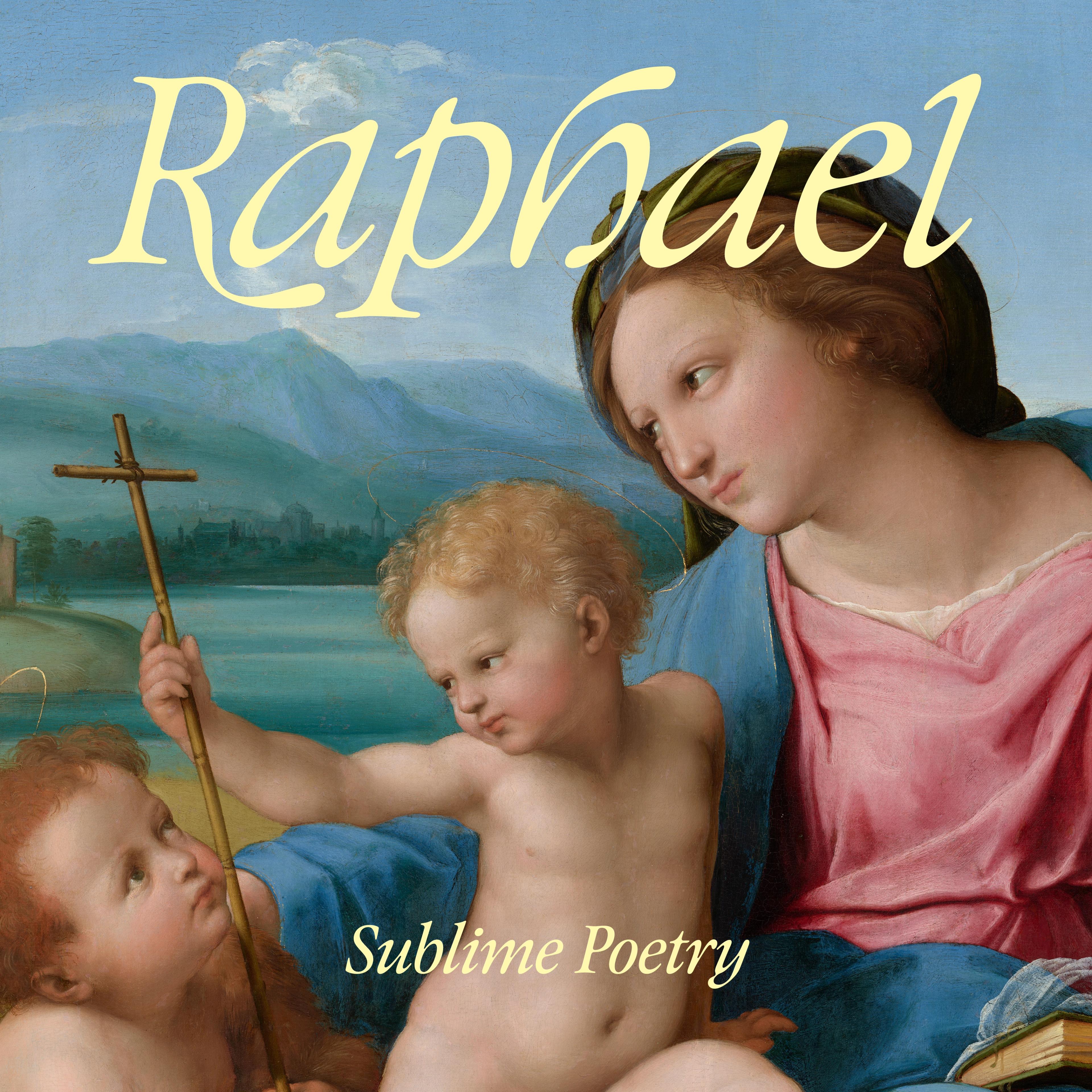Dive into the artistic process of one of history’s most beloved and influential artists. A true titan of the Italian Renaissance, Raffaello di Giovanni Santi (1483–1520)—better known as Raphael—matched ambition with lyricism to create works with both intellectual heft and emotional depth, a necessary skill in the complex political landscape of Renaissance courts. In his short life of only 37 years, he achieved such profound success as a painter, designer, and architect that he was regarded as the pinnacle of artistic perfection for centuries after his death.
Raphael: Sublime Poetry is the first comprehensive exhibition on Raphael in the United States, bringing together more than 200 of the artist’s greatest masterpieces and rarely seen treasures to illuminate the brilliance of Raphael’s extraordinary creativity. The son of a painter and poet, Raphael engaged with the foremost writers and thinkers of his age in Rome, displaying a poetic sensibility that captivated his peers and generations that followed. Follow the full breadth of his life and career, from his origins in Urbino to his rise in Florence, where he began to emerge as a peer of Leonardo da Vinci and Michelangelo, to his final, prolific decade at the papal court in Rome.
To underscore the range of his genius, this presentation brings together important drawings, paintings, and tapestries from public and private collections across Europe and the United States, many of which have never been shown together. With particular attention to Raphael’s portrayal of women—from his use of nude female models for the first time in Western art to his tender depictions of the Madonna and Child—and recent scientific discoveries made using state-of-the-art technology, this exhibition offers a rare opportunity to experience the genius of an artist who helped shape the course of art history.
Presenting Sponsor

Major funding is provided by Kenneth C. Griffin and Griffin Catalyst, and Jessie and Charles Price.

Significant support is provided by the Richard Riney Family Foundation, the Ing Foundation, and Anthony W. and Lulu C. Wang.
Additional support is provided by Julie and David Tobey, Barbara A. Wolfe, Gilbert and Ildiko Butler, and Ann M. Spruill and Daniel H. Cantwell.
The catalogue is made possible by Katharine Rayner, the Drue E. Heinz Fund, and the Wolfgang Ratjen Stiftung, Liechtenstein.
Additional support is provided by the Tavolozza Foundation, Allston Chapman, Matthew and Ann Nimetz, and The Schiff Foundation.
